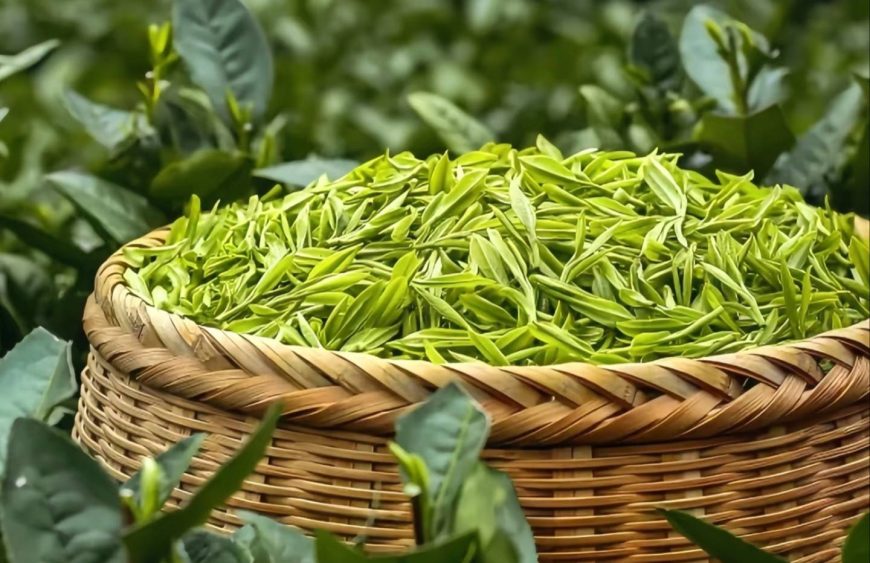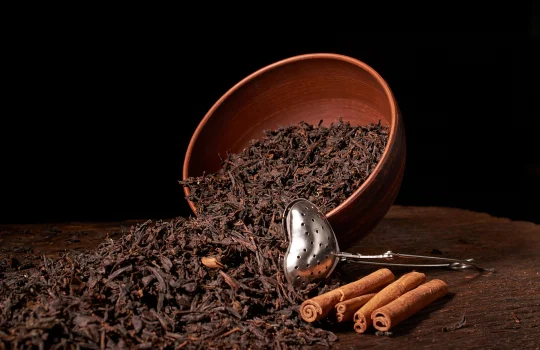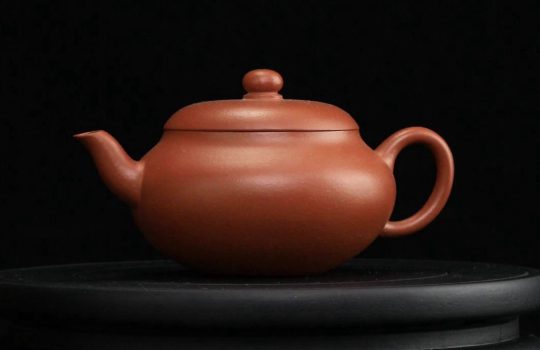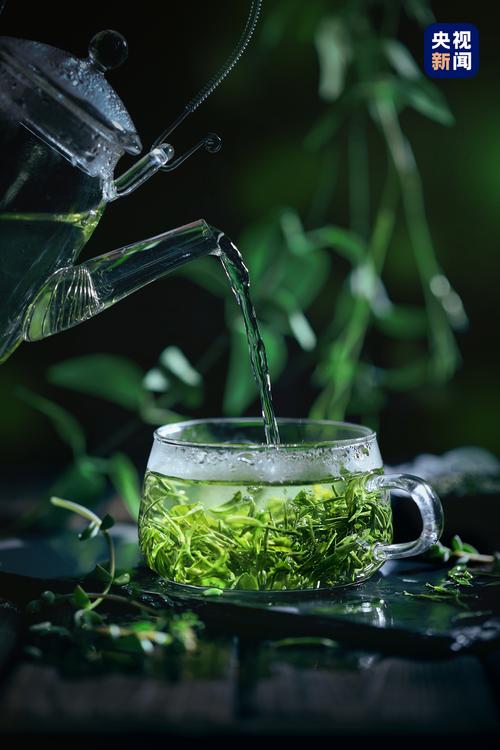The fermentation of tea is the process of destroying the tea leaves, causing the chemical substances in the tea leaves to oxidize with the air, producing a certain color, taste, and aroma. Depending on the degree of fermentation, the green flavor is produced from light to heavy. As long as the tea leaves are placed in the air, they are green tea, white tea, yellow tea, green tea, black tea, and black tea. For each cell of the tea green, it needs to wither before fermentation can occur, but for the entire leaf, it gradually progresses with withering, only rapidly after strengthening stirring and thickening in the later stage of withering.
According to whether there is fermentation during the tea making process and different techniques, tea can be divided into four categories: non fermented tea, semi fermented tea, fully fermented tea, and post fermented tea.
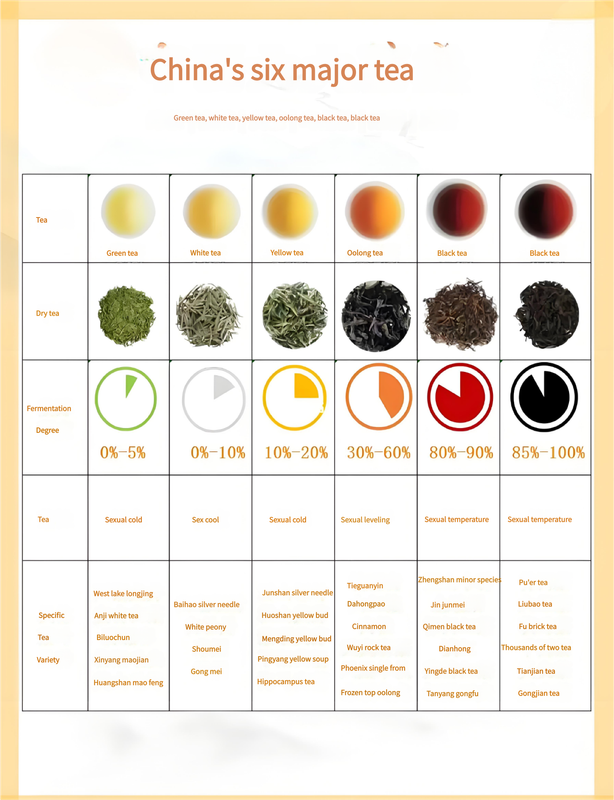
1. Non fermented tea
Fermented tea is a type of tea making process, which refers to the tea leaves and buds of tea trees that undergo withering, rolling, fermentation, drying, and other initial processing steps to produce hairy tea, which is then refined and made into tea. For example, Longjing, Biluochun, Zhucha, Mingqian Shrimp, Eyebrow Tea, etc.
2. Semi fermented tea
(1) Light fermented tea refers to tea that has not undergone a fermentation process. Because the production process does not undergo fermentation, the aroma is natural, fragrant, refreshing, and the tea color is emerald green. For example, white tea, Wuyi, narcissus, Wenshan Baozhong tea, frozen top tea, pine and cypress evergreen tea, Tie Guan Yin, Yilan Baozhong, Nangang Baozhong, Mingde tea, fragrant slices, jasmine tea, etc.
According to the different soup colors, from light to dark, they are green tea, white tea, yellow tea, green tea, black tea, and black tea
(2) Re fermented tea refers to black tea, black tea, and oolong tea. The real ‘oolong’
Tea “is an Eastern beauty tea, also known as white haired oolong tea, but the commonly known oolong tea has been confused.
3. Fully fermented tea
Fully fermented tea refers to tea leaves that have undergone 100% fermentation, resulting in a distinct red or deep red color after brewing. It can be divided into the following two categories based on variety and shape:
(1) Classified by variety: Small leaf black tea, Assam black tea.
(2) Divided by shape: strip-shaped black tea, crushed black tea, and regular black tea.
4. Post fermented tea
The most famous and well-known post fermented tea is black tea. Taking Pu erh tea in black tea as an example, its pre-processing belongs to the non fermented tea category, and it is made by fermentation after being piled up.
The degree of fermentation in tea leaves may have a small margin of error, and its level is not absolute. According to the degree of fermentation, black tea is roughly 95% fermented, and the degree of withering is the highest and most complete during production. Some polyphenolic compounds in fresh tea oxidize and polymerize to produce colored substances such as theaflavins and thearubigins. The dry tea color and brewed tea soup are mainly red yellow in color; Yellow tea is 85% fermented and is a semi fermented tea; Black tea is 80% fermented and is a post fermented tea; Green tea undergoes 60% to 70% fermentation and is a semi fermented tea. Compared to green tea, it has additional withering and fermentation steps during production. Some natural components in fresh leaves will change due to enzyme action, producing a special aroma and taste. After brewing, the tea soup will have a golden or amber color; White tea undergoes 5% to 10% fermentation and is a lightly fermented tea; Green tea is not fermented at all, and there is no fermentation process in the production process. The fresh leaves of the tea tree are harvested and then subjected to high-temperature withering to remove oxidase, followed by rolling and drying to make it. The finished dried tea retains the natural substances in the fresh leaves, and the tea soup is lush green.

